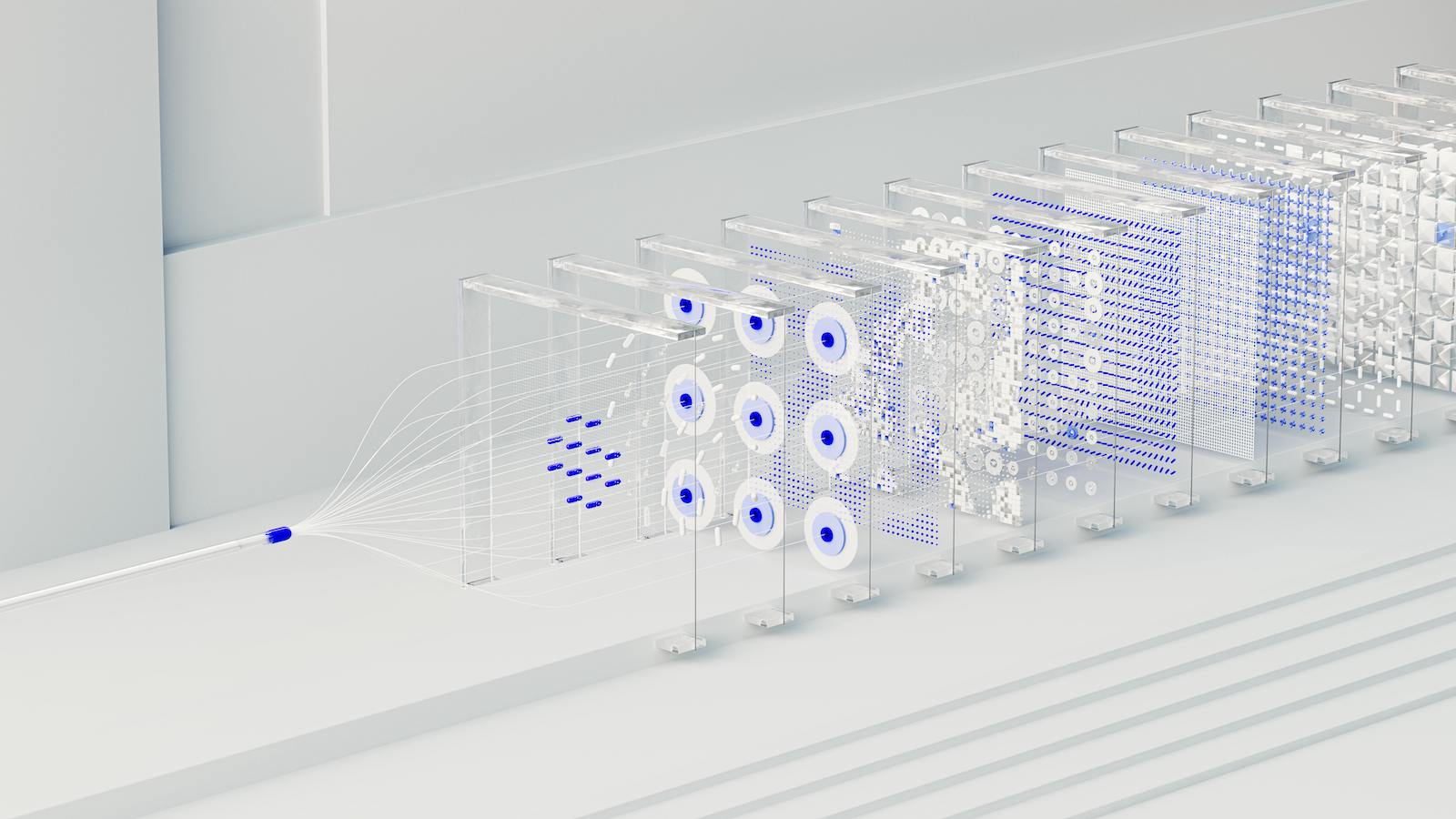Have you ever found yourself hastily typing during a client call, trying to complete the system’s mandatory data fields and bypassing fields to save time? You might find yourself thinking, “I’ll go back and fill that out later.” But when this happens repeatedly and across the entire agency, it can lead to a data cleanliness issue.
A study by IBM reports businesses can lose up to 20% in revenue for poor data quality. Simply put, better data quality can influence every part of an agency’s business, from client retention to overall growth.
A data management plan is the systematic and strategic handling of large amounts of data that agencies generate, collect and process in their operations.
The benefits of a successful data management plan can include:
- Clear visibility into cross-selling opportunities.
- Renewal improvement with auto-delivered information.
- Insights to improve client retention.
- Improvement in attractiveness as a potential acquisition.
Investing in a data management plan ensures that agencies can harness the full potential of their data, turning it into a powerful asset for informed decision-making and strategic growth.
With gamification, agencies open the door to a fun and collaborative learning environment that benefits everyone.
Understand the reasoning behind the game
It’s understandable to push data management aside for another day. Some agents may ask why they should take that extra minute at the end of a client call to triple check if data fields are filled in correctly. It’s a fair question.
This is where gamification kicks in. Gamification incorporates game-design elements and principles into non-game contexts to enhance user engagement, motivation and participation. This concept can be applied to a data management strategy to help keep data clean and foster a culture of accountability.
Get everyone ready to play by first showing the necessity of data management. Ditch the Power Point presentation and instead amp up opportunities for Q&A, use fun GIFs to make a point or post interactive polls to gauge feedback and keep everyone engaged.
Clear and transparent information will break down barriers. Once the team understands the importance of data cleanliness, dig in to understand exactly how data mistakes happen in the first place.
See also: 'Data as a Product' Strategy
Uncover data challenges and turn solutions into wins
Data management challenges often arise from simple human circumstances, such as time constraints and misunderstandings, rather than intentional negligence. The term "field hijacking" refers to incorrect data entered into a mandatory field just to bypass requirements. An example of this includes entering “9999” as a legitimate SIC Code—meaning non-classifiable—rather than taking the time to find the correct SIC classification. Other examples are purely mistakes, such as keying in the wrong ZIP code or falling victim to the commonly known "fat thumb problem," accidentally hitting the space bar and creating a blank character in a field.
Understanding the challenges up front will help staff know what to look for. They will also be better positioned to motivate coworkers and win rewards throughout the game.
Organize teams and stay competitive
The good news is that bad habits can be broken.
To create the shift in approach and stay focused on gamification, incorporate game updates in company-wide meetings and showcase clear outcomes as data management improves. Within the updates, focus on three key pillars of strategy to keep messaging consistent and then repeat these pillars over and over again in messaging throughout the gamification process. The pillars can be simple, such as “achieving data accuracy,” “trustable reporting” or “integration-ready data.” Granular objectives for each pillar can be further annotated to help drive action.
After the three pillars have been established, develop a framework tailored to your data management needs by defining goals, rules, rewards and feedback mechanisms. Pick a fun name to brand the initiative, like "Datapalooza,” then create teams or appoint individual stewards. For example, create a team around each of your account executives. Each team will be tasked with initiatives catered to your data management framework, like removing blank spaces and filling in required fields.
Track progress and share rewards
Throughout the gamified data management process, use a data analytics tool to track progress and reward staff accordingly. A platform designed specifically for data management will make the process a breeze, with one easy-to-view dashboard. Through this software, you can pull weekly reports to check on team status, view areas for improvement and create visually appealing presentations to share during company-wide meetings.
Continue to provide incentives to staff by offering rewards for team winners. Free lunches or Amazon gift cards inject healthy competition into the process, making data cleanup a quick weekly ritual rather than a daunting task. Engagement and accountability will naturally rise when infusing gamification into the data cleaning process. Keep the gamification elements fresh and exciting and regularly update challenges and rewards based on user feedback and performance data.
See also: How External Data Is Revolutionizing Underwriting
A continuous process to keep momentum
One-and-done training sessions usually fall flat. Implementing a continuous process with motivational incentives will give employees a better understanding of the importance of clean data. Keep up the conversation through lunch and learns and promote progress frequently through multiple internal channels.
Don’t kick data management down the road. Valuable insights are guaranteed to drive business growth.






